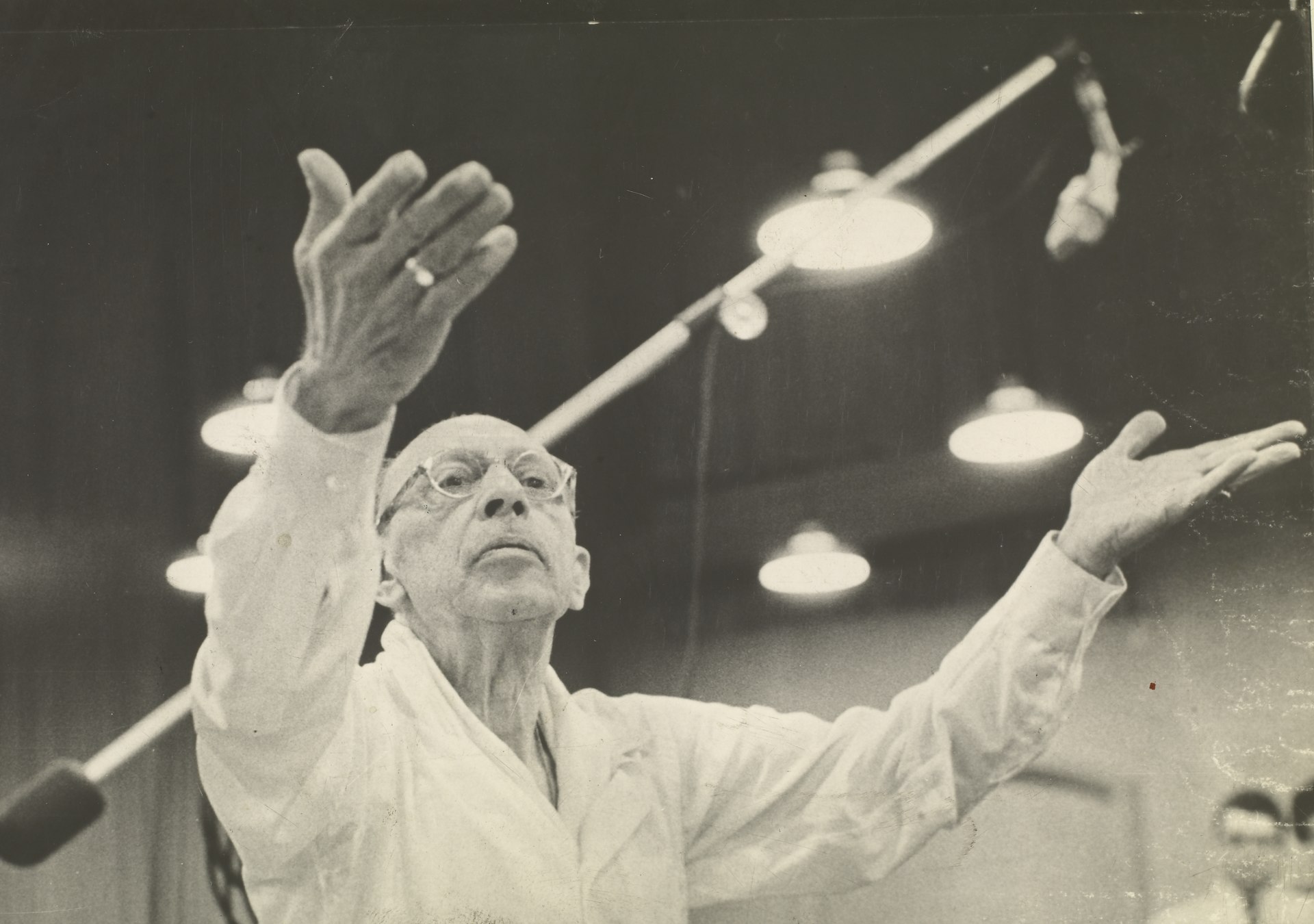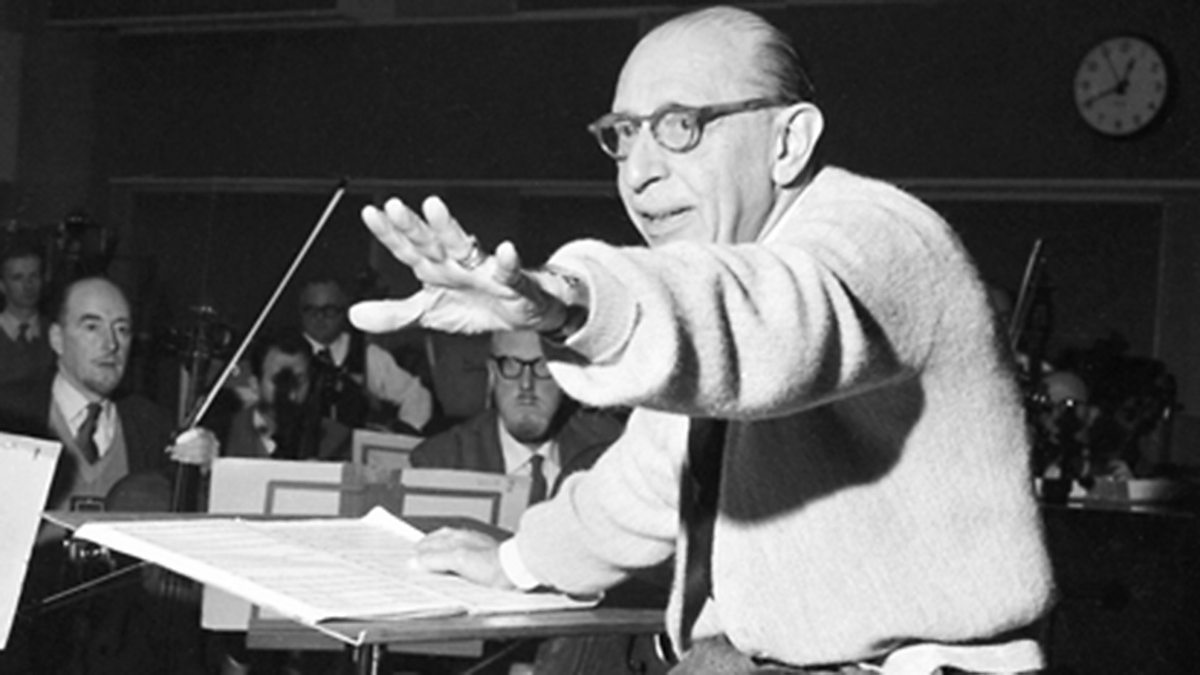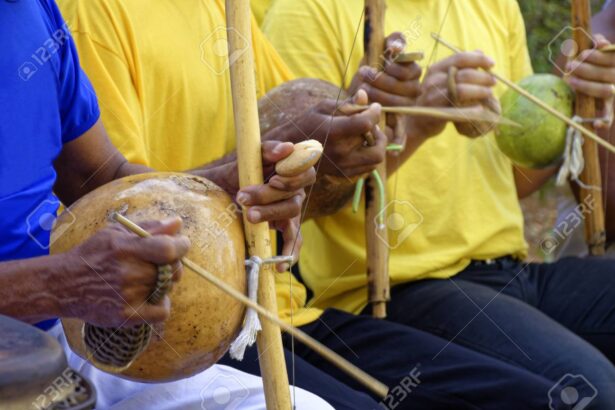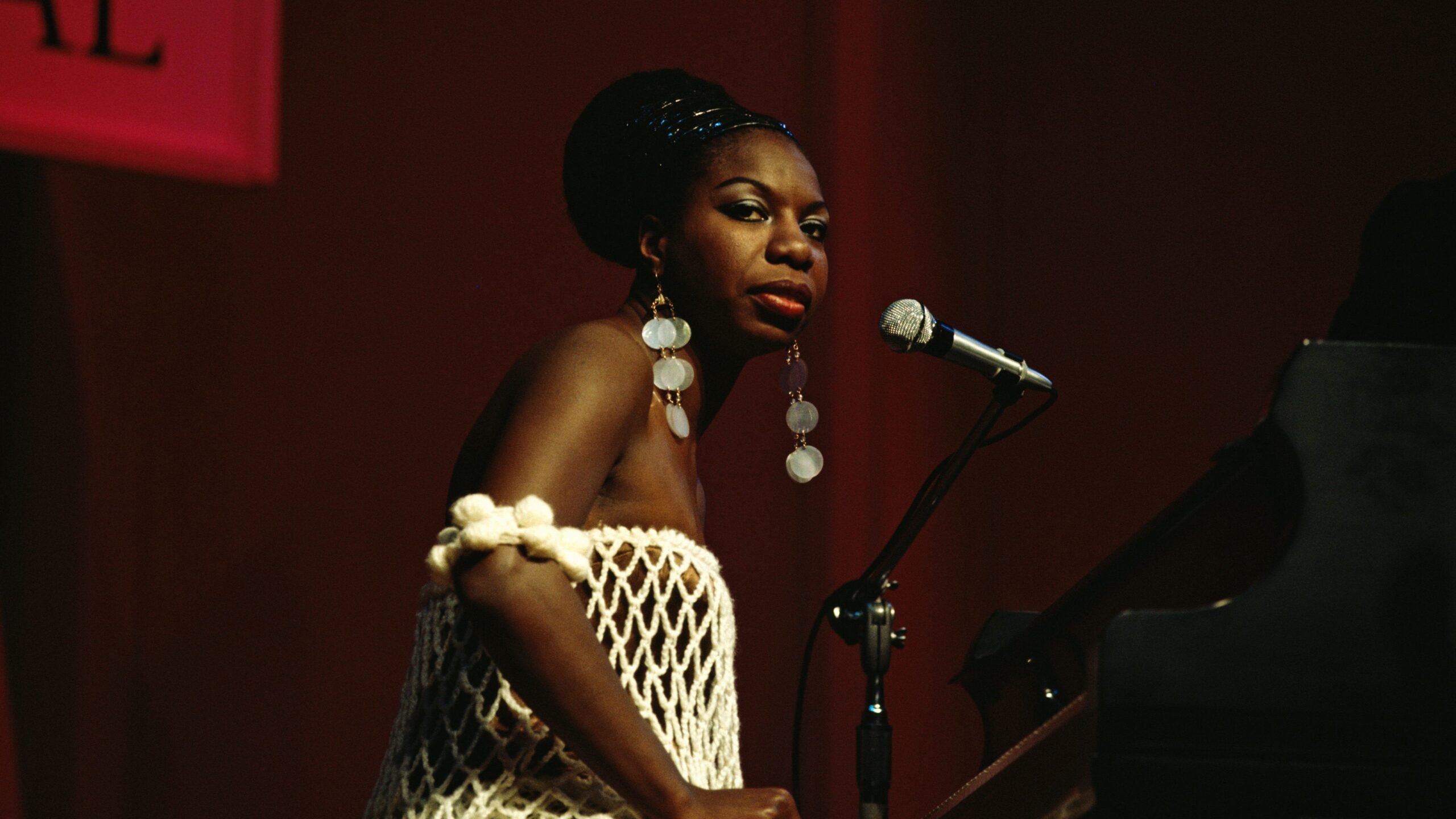Masters of Music: Stravinsky
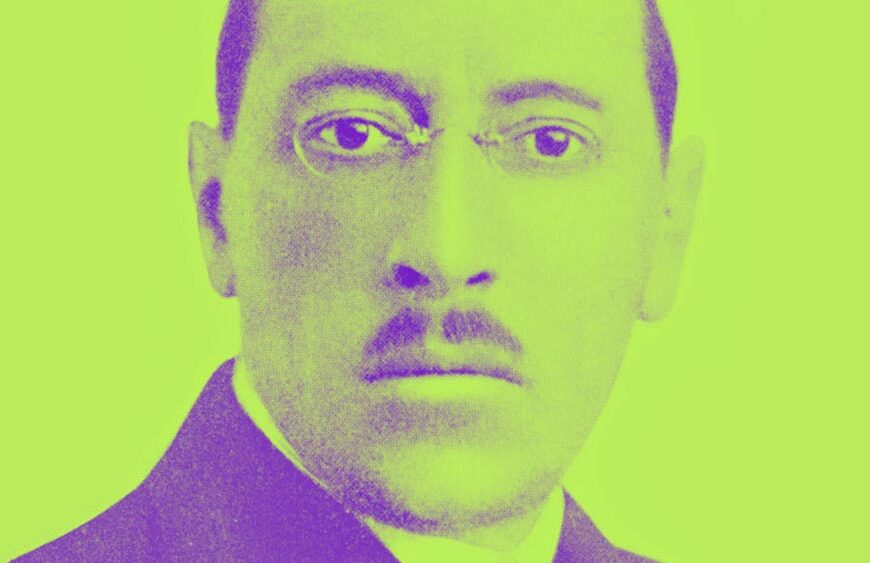
Stravinsky’s Timeless Influence on World Music and Modern Culture
Introduction:
Welcome to the “Masters of Music” series, where we delve into the profound impact of legendary composers on the world of music and culture. In this edition, we shine a spotlight on the iconic Igor Stravinsky, a pioneering figure in 20th-century classical music whose influence extends far beyond the realms of the orchestra. From his ground breaking compositions to his revolutionary approach to rhythm and melody, Stravinsky’s artistic genius has left an indelible mark on world music and continues to resonate in modern popular culture.
- Stravinsky’s Revolutionary Rhythms: Igor Stravinsky’s compositions, such as “The Rite of Spring” and “The Firebird,” redefined rhythm in classical music. His use of irregular meters and complex polyrhythms shattered traditional conventions, sparking a new era of rhythmic experimentation. This audacious approach has reverberated through various music genres, influencing everything from jazz to rock and electronic music. Today, modern popular artists often incorporate intricate rhythms reminiscent of Stravinsky’s work, infusing their songs with a sense of avant-garde allure.
- Fusion of Folk Elements: Stravinsky’s fascination with folk music from different cultures led him to integrate these diverse influences into his compositions. From Russian folk tunes to ancient rituals, Stravinsky artfully blended these musical traditions with contemporary orchestration. His commitment to embracing global musical heritage inspired a wave of world music fusion, where artists combine traditional sounds with contemporary arrangements. Stravinsky’s exploration of folk elements has laid the foundation for cross-cultural collaborations in modern music.
- Embracing Dissonance and Expressionism: In the early 20th century, Stravinsky’s embrace of dissonance and expressionism shook the classical music world. His compositions challenged conventional harmonic structures, breaking free from the tonal constraints of the past. Stravinsky’s daring dissonant harmonies influenced the evolution of modern classical music, and even found their way into contemporary pop and rock music, where dissonant chords are used to evoke raw emotions and unconventional sonic landscapes.
- Iconic Ballet Scores and Visual Spectacles: Stravinsky’s collaborations with renowned ballet choreographer Sergei Diaghilev resulted in iconic ballet scores like “The Firebird,” “Petrushka,” and “The Rite of Spring.” These masterpieces not only revolutionized ballet music but also transcended the stage to inspire visual spectacles and multimedia performances. Today, modern artists and musicians continue to explore the interplay between music, dance, and visual arts, carrying on Stravinsky’s legacy of groundbreaking artistic expression.
- Influence on Film Scores: Stravinsky’s impact on the world of music extended to the realm of cinema, where his compositions were adapted for film scores. His dramatic and evocative music found its way into iconic movies, further cementing his influence in popular culture. Even in contemporary cinema, filmmakers and composers draw inspiration from Stravinsky’s ability to create musical narratives that complement and enhance storytelling on the big screen.
Igor Stravinsky, a true visionary in the world of music, has left an enduring legacy that stretches across genres, cultures, and generations. His innovative rhythms, fusion of folk elements, and daring harmonic language have inspired a multitude of musicians and artists from classical to contemporary realms. As we continue to explore the Masters of Music in this series, Stravinsky’s profound influence on world music and its far-reaching impact on modern popular culture remains a testament to the enduring power of creativity and artistic exploration.
The Firebird Symphony by Igor Stravinsky
Annalysis
Welcome again to the Masters of Music Series, a journey into the world of musical brilliance, where we explore the works of iconic composers and their profound impact on the world of music.
In this instalment, we delve into “The Firebird Symphony” by the legendary Igor Stravinsky, a ground breaking piece that marked the beginning of the composer’s illustrious career and left an indelible mark on the world of classical music.
Synopsis: “The Firebird Symphony” (L’Oiseau de feu) is a ballet and orchestral work composed by Igor Stravinsky in 1910. It was commissioned by Sergei Diaghilev, the impresario of the Ballets Russes, and was Stravinsky’s first major composition for the stage. The ballet is based on Russian folklore, specifically the tale of the magical firebird, a creature with the ability to bring both blessing and calamity.
Act I – Introduction and Kashchei’s Enchanted Garden: The ballet opens with a mysterious and haunting introduction, setting the mystical atmosphere of the story. The scene unfolds in Kashchei the Immortal’s enchanted garden, a dark and enchanted place guarded by the evil sorcerer. Here, we are introduced to Prince Ivan Tsarevich, who enters the garden while searching for adventure.
Act I – Appearance of the Firebird: As Ivan explores the garden, he encounters the Firebird, a dazzling and ethereal creature with shimmering feathers. The Firebird dances with captivating allure, casting her spell on Ivan. Sensing danger, Ivan tries to capture the Firebird, but she escapes, leaving behind one of her feathers as a token of their encounter.
Act I – Capture of the Firebird: Determined to possess the enchanting Firebird, Ivan uses the feather as a magical guide to locate her. With cunning and agility, he successfully captures the Firebird, who pleads for her freedom. Touched by her plea, Ivan releases her and promises not to harm her.
Act II – The Firebird’s Gratitude and The Princesses’ Dance: In gratitude for her release, the Firebird presents Ivan with a magical feather, instructing him to use it if he ever faces peril. The ballet then shifts to the palace of Kashchei, where the evil sorcerer and his minions dance before a group of princesses. The captivating Princesses’ Dance ensues, featuring beautiful and intricate choreography.
Act II – The Appearance of Ivan Tsarevich and His Dance with the Princesses: Ivan Tsarevich arrives at the palace and is instantly enchanted by the princesses’ beauty and grace. The Princesses and Ivan dance together in an enchanting and mesmerizing duet, captivating the audience with their movements and emotions.
Act II – The Capture of Ivan Tsarevich: Kashchei discovers the intrusion of Ivan in his palace and orders his minions to capture him. The sorcerer’s minions surround Ivan, intending to take him prisoner, but Ivan remembers the Firebird’s gift. He quickly takes out the magical feather and summons the Firebird for help.
Act II – The Firebird’s Dance of Blessing: In response to Ivan’s plea, the Firebird returns, performing a dance of blessing and protection. Her powerful magic transforms Kashchei’s minions into stone, breaking the sorcerer’s hold on them.
Act II – The Final Confrontation and Kashchei’s Defeat: With the help of the Firebird’s magic, Ivan confronts Kashchei himself. A tense battle ensues, and Ivan uses the Firebird’s feather to weaken the sorcerer’s powers. Ultimately, Ivan manages to capture the evil sorcerer and break his curse.
Act III – The Firebird’s Lullaby and Finale: With Kashchei’s defeat, the Firebird appears once again, offering a lullaby to the captured princesses. As they sleep, the Firebird dances her final dance, celebrating the triumph of good over evil. The ballet concludes with a grand finale, celebrating the victory of Prince Ivan and the power of the Firebird’s magic.
Historical Context: “The Firebird Symphony” was composed in 1910, during a time of great artistic and cultural upheaval. Russia was undergoing a period of transformation, and its artists were eager to break away from the traditional constraints of the past. Igor Stravinsky, a young and talented composer, was at the forefront of this movement, seeking to create music that reflected the spirit of his time.
The ballet was commissioned by Sergei Diaghilev, the visionary impresario of the Ballets Russes, a prominent ballet company that aimed to revolutionize the art form. Diaghilev sought out young and innovative artists to collaborate on new ballets that would challenge conventions and push the boundaries of artistic expression. Stravinsky’s collaboration with the Ballets Russes marked the beginning of an enduring partnership that would significantly impact the world of ballet and music.
Musical Analysis: “The Firebird Symphony” is a vibrant and colourful work that showcases Stravinsky’s remarkable talent for orchestration and innovative musical language. The composer skilfully weaves together traditional Russian folk melodies, lush harmonies, and dazzling orchestral colours to create a vivid and evocative musical landscape.
The opening “Introduction” sets the stage with its mysterious and brooding atmosphere, capturing the enchanted world of Kashchei’s garden. The entrance of the Firebird is characterized by soaring, melismatic melodies and shimmering orchestral textures, portraying the creature’s ethereal and enchanting presence.
Throughout the ballet, Stravinsky’s orchestration is masterful, with brilliant use of woodwinds, strings, and percussion to create evocative soundscapes. He employs innovative techniques, such as glissandi and trills in the strings, to depict the magical and supernatural elements of the story.
The “Princesses’ Dance” is a delightful showcase of Stravinsky’s gift for rhythm and captivating melodies. The music exudes a sense of joy and celebration, drawing listeners into the enchanting world of the palace.
In the final act, the dramatic confrontation between Ivan and Kashchei is accompanied by intense and driving rhythms, underscoring the battle between good and evil. The triumphant use of the Firebird’s theme signifies the victory of light over darkness and the breaking of Kashchei’s curse.
Impact: “The Firebird Symphony” was a resounding success and catapulted Stravinsky to international fame. Its premiere at the Ballets Russes in Paris was met with critical acclaim, establishing Stravinsky as a leading figure in the world of music.
The ballet’s innovative musical language and lush orchestration marked a departure from the late Romantic style prevalent at the time, foreshadowing the musical revolutions that Stravinsky would later ignite with works like “The Rite of Spring.” It heralded the birth of Stravinsky’s distinct musical voice, characterized by rhythmic vitality, complex harmonies, and daring experimentation.
“The Firebird Symphony” had a lasting impact on the world of ballet as well. Its success paved the way for future collaborations between Stravinsky and Diaghilev’s Ballets Russes, including “Petrushka” and “The Rite of Spring,” both of which further revolutionized ballet music.
Stravinsky’s “The Firebird Symphony” remains an enduring masterpiece, cherished by audiences and performers alike. Its powerful storytelling, evocative music, and timeless themes of magic and transformation continue to captivate listeners and serve as a testament to Stravinsky’s genius.
Conclusion: “The Firebird Symphony” by Igor Stravinsky stands as a milestone in the history of music and ballet, marking the beginning of a remarkable career that would shape the course of 20th-century composition. With its innovative musical language, brilliant orchestration, and captivating storytelling, “The Firebird Symphony” remains a timeless work that continues to inspire and awe audiences around the world.
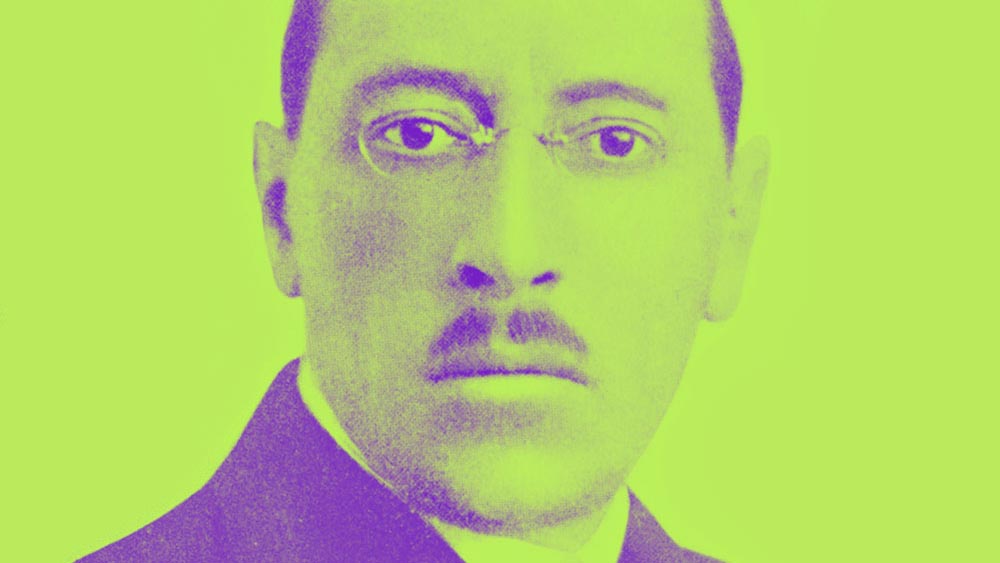
Morbi euismod magna



